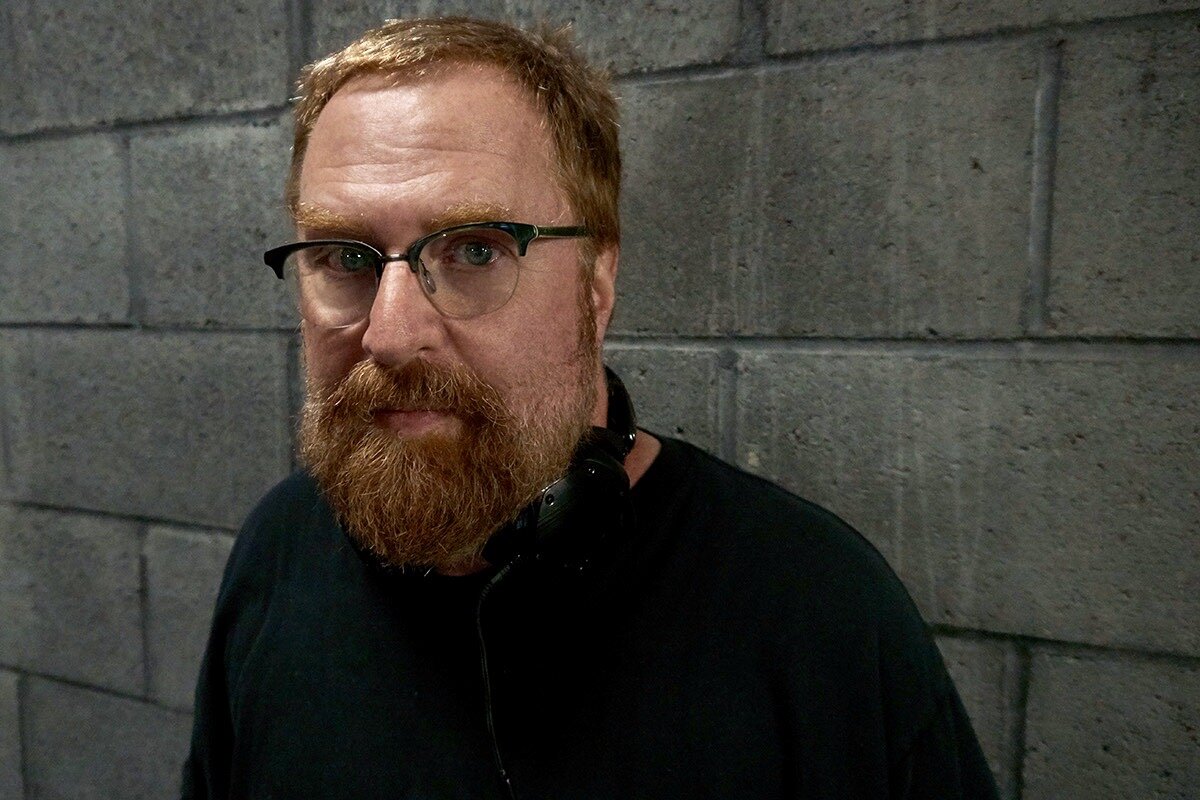R.J. Cutler Talks 'Billie Eilish: The World's A Little Blurry' and Humanizing A Popstar
Releasing a behind-the-scenes documentary is every superstar musician’s rite of passage. It generates buzz. It drives streams. And it’s commercial. “Billie Eilish: The World’s a Little Blurry” shatters that mold.
R.J. Cutler’s documentary doesn’t present the “real” but ultimately manicured persona many musicians hide behind. There’s no dressing up of reality. There’s no filter of a PR team. There’s only Billie.
“There's this phrase that gets tossed around: ‘I'm a fly on the wall’,” says Director R.J. Cutler. “I wasn't a fly on the wall. I was a human being in a room with another human being.”
“We're there to see as clearly as possible the experiences that she's going through. Our goal is not to disappear but to have a relationship with her wherein she's as comfortable being herself with us as she is with anybody.”
The production amassed over a thousand footage-hours of Billie being herself. That was the block of clay. Director R.J. Cutler’s task was to chisel until he found the sculpture within. It was a monumental challenge, but for Cutler, it was well worth it.
“Life's narratives are far more complex, far richer, far more surprising, far more emotional, far truer, than any narrative one could spin,” he says. “I hope in ‘The World's a Little Blurry,’ you feel that very thing.”
The truth of Billie’s story is something you have to feel. Billie articulates it perfectly in an interview captured in the film.
“There are things that you can feel and not describe,” she says. “And it’s not like ‘Oh, I don’t have words for this.’ It’s more like ‘there’s literally no words to describe that feeling.’”
In many ways, Billie’s music is about chasing the indescribable. She recorded “When We All Fall Asleep, Where Do We Go?” as a way to feel understood, as a way to help her fans feels understood. The result is an emotional closeness between artist and audience, which Cutler depicts in his masterful portrayal of Billie’s live performances.
“I wanted her performances to be as intimate an experience for the viewer as the rest of the film,” says Cutler. “I wanted you to feel her breathing. Sometimes people say—and I know it's a compliment—that it's like you're in the audience watching her on stage. No it's not. Because you can't experience what I show you in this film in the audience.”
You develop a connection to Billie on screen, and despite her success and prodigal talent, you can relate to her. “This is a very specific story,” says Cutler. “Very few young women coming of age are living Billie Eilish's life. And yet it is a very universal story. Every young woman coming of age is living Billie Eilish's life.”
We haven’t all come to fame but we have all come of age. You’ll see both of these transformations in “The World’s a Little Blurry.” It’s not an artist’s gimmick to buy more time in the spotlight. It’s only Billie, blur and all.
In this interview, Director R.J. Cutler takes you to the counter-intuitive core of his cinéma vérité filmmaking, and also to the core of his talented, complex, authentic subject. So have a listen, and discover the magic behind “Billie Eilish: The World’s A Little Blurry.”



